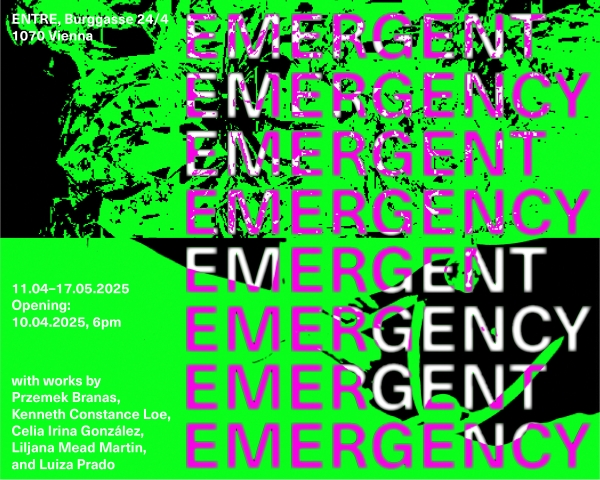This change illustrates the
outcomes of the 2019 UN Climate Action Summit discussions, which proposed the revision in the mainstream ways of thinking
of the catastrophic changes resulting from people’s unlimited extraction of Earth’s natural resources. This pessimistic realization––that
human civilization will likely end due to its own action––informs Anthropocene studies, which recognizes the overall human
failure to provide environmental sustainability due to the over-reliance on fossil fuels whose burning brings about catastrophically
high levels of greenhouse gas emissions. A significant area of interest related to Anthropocene studies is plants and plant
life, which underlie several relatively new and emerging fields of research, such as environmental humanities, critical plant
studies, human geography, and political ecology, to name just a few. These fields propose useful analytical frameworks of
understanding the multi-layered relationship between humans and plants, also in the contexts of individual nation-state policies
for plant cultivation, framed as a vital element of national heritage missions. One outcome of this interest in the diverse
agency of plants is a critical reframing of the conventionally Western way of thinking of plants as a non-sentient, passive,
and therefore “lower” forms of being. In this way, plants are thought of not merely as ornaments or as metaphors that describe
aspects of human life, but, increasingly, as entities that people themselves can learn from, as organisms whose agency far
exceeds what is conventionally imagined as their subservient function in human life. We recognize this shift as a red thread
that runs across the exhibition’s artworks and artistic practices, which demonstrate the artists’ diverse forms of relationality
with plants, while reflecting on their agency in specifically situated (time, place) contexts.
A
theme that recurs through some of the exhibition’s works is the use of specific plants as symbols of nation-state identities
and belongings. The protagonist of Celia Irina González’s work is the banana, a symbol of Cuban national
identity; the artist traces the process of banana pruning, used by Cuban agricultural workers to accelerate the plant’s growth,
and reflects, through it, on the violent socializing processes employed in Cuban re-education centers for children and adolescents. Kenneth
Constance Loe focuses on Bua Cek, a critically endangered species of fern, which, in Singapore, grows exclusively
in the training areas of the Singapore Armed Forces, which are restricted from public access; Loe presents the fern as a silent
witness to the processes involved in mandatory military service, which submits civilian bodies to disciplinary regimes. Drawing
from the artist’s personal migratory experience, Przemek Branas’ work draws from his daily practice
that he has sustained since his relocation from Poland to Portugal; Branas collects and dries local plants, which he then
uses as material for collage compositions, objects, and installation, some of which imagine hybrid beast-like entities that
combine elements of human, animal, and plant worlds. Oriented around the theme of plant regeneration, Luiza Prado engages
with the history of silphium, a plant that is believed to have been extinct for almost two thousand years, used in Ancient
Greece and Rome for aphrodisiac, contraceptive, abortifacient, and other medicinal purposes; her research on silphium was
spurred by the recent appearance of a new plant in Turkey’s Anatolia, Ferula drudeana, which closely resembles
the extinct species. Also taking on the theme of extinction, Liljana Mead Martin explores the shifting
forces that shape landscapes under climate change, with a focus on Canada’s primary and old growth forests. Burning, dyeing,
printing, and layering with cedar and canvas, Martin’s recent work evokes the imprints of symbiotic plant and tree species,
reflecting on the urgency of recognizing environmental change and fostering more conscious relationships with the land and
its future.
The project “To collectively disappear is no more than to acknowledge
that we have roots we can no longer see,” within which this exhibition takes place, was made possible with the support of
Stadt Wien Kultur and the 15th district Rudolfsheim-Fünfhaus. The exhibition “Emergent/cy” was also funded by the Kulturbudget
des Bezirks Neubau.




